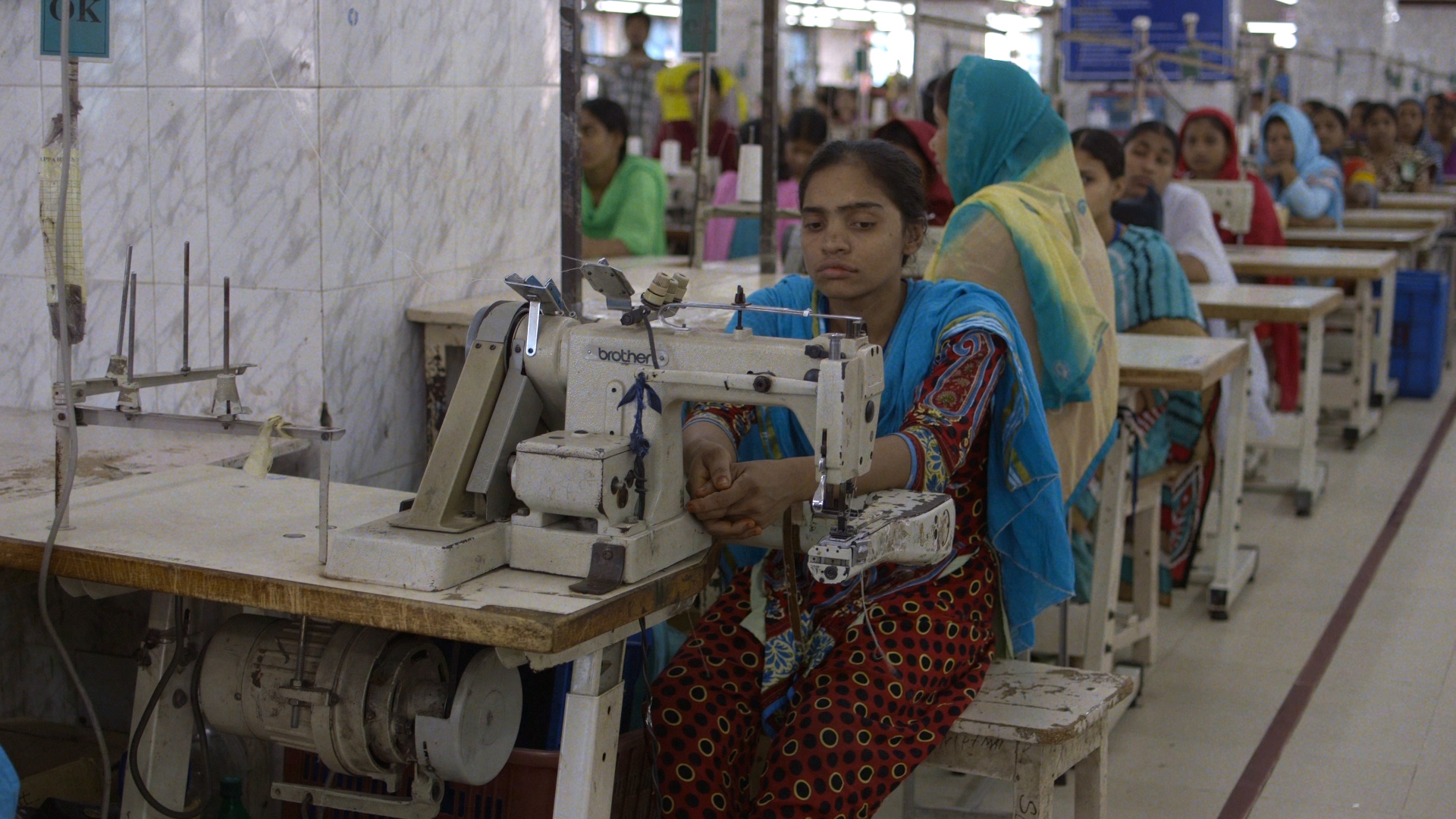Well, it appears my days of “retail therapy” are over — or at least they should be. I checked out The True Cost, a new documentary about the fashion industry and its devastating effects on humans and the environment.
Here are four things I learned from the film:
1. The fashion industry is the world’s second-largest polluter — right behind the oil industry.
Plus, “25 percent of chemicals produced worldwide are used for textiles and the industry is often noted as the number two polluter of clean water – after agriculture,” according to the Danish Fashion Institute.
2. Big-name fashion brands like H&M, Gap, and Forever 21 don’t own the factories producing their clothes – and they probably want to keep it that way.
These fast fashion giants largely leave working conditions up to the individual factories they contract with. Why? So they have less culpability when garment factories collapse or catch fire, alleges film director and narrator Andrew Morgan.
3. Even donating to charity shops isn’t always eco-friendly.
The film documents how the clothes Americans might donate to say, Goodwill, can’t always be sold in stores. So what do they do with the leftovers? A large portion gets sent to countries like Haiti where they are bought by the box and often still go to waste. On top of that, the literal tons of donated clothes prevent local workers from learning sewing skills to support themselves.
4. One-in-six people work in the global fashion industry.
These workers include everyone from leather tanners who assemble cheap shoes, fabric dyers, and seamstresses to the cotton-pickers who gather the bolls to be spun into fiber.
These are only four of many things I learned. So how do those $15 floral-printed pants look now?
To check out the film, go to truecostmovie.com.



